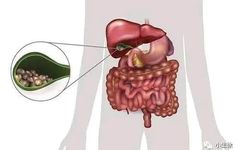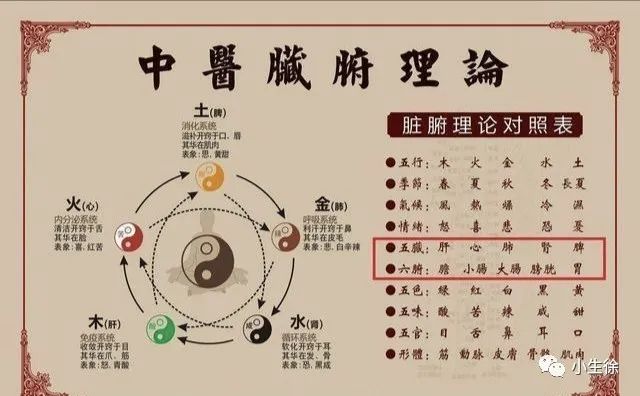
Gallbladder
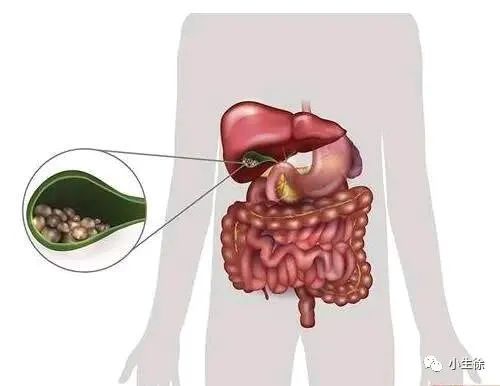
The gallbladder is connected to the liver and is considered to be mutually related in the meridian system. It is known as the “repository of essence” and the “organ of clarity.” The gallbladder belongs to both the six fu organs and the extraordinary fu organs.
The gallbladder is responsible for storing and excreting bile.
Bile is bitter and yellow-green in color, originating from the liver, transformed by the residual qi of the liver. “The residual qi of the liver is released into the gallbladder, where it accumulates and forms essence.” After bile is produced, it enters the gallbladder for storage and is excreted into the intestines through the liver’s dispersing function, assisting the spleen and stomach in promoting the digestion and absorption of food.
The gallbladder governs decision-making.
“The gallbladder is the official of uprightness, from which decisions are made,” indicating that the gallbladder plays a role in the mental and cognitive processes of individuals, aiding in judgment and decision-making. While the heart primarily governs mental activities, the gallbladder’s involvement is crucial, as the strength of gallbladder qi is closely related to one’s ability to make decisions and judgments.
Stomach
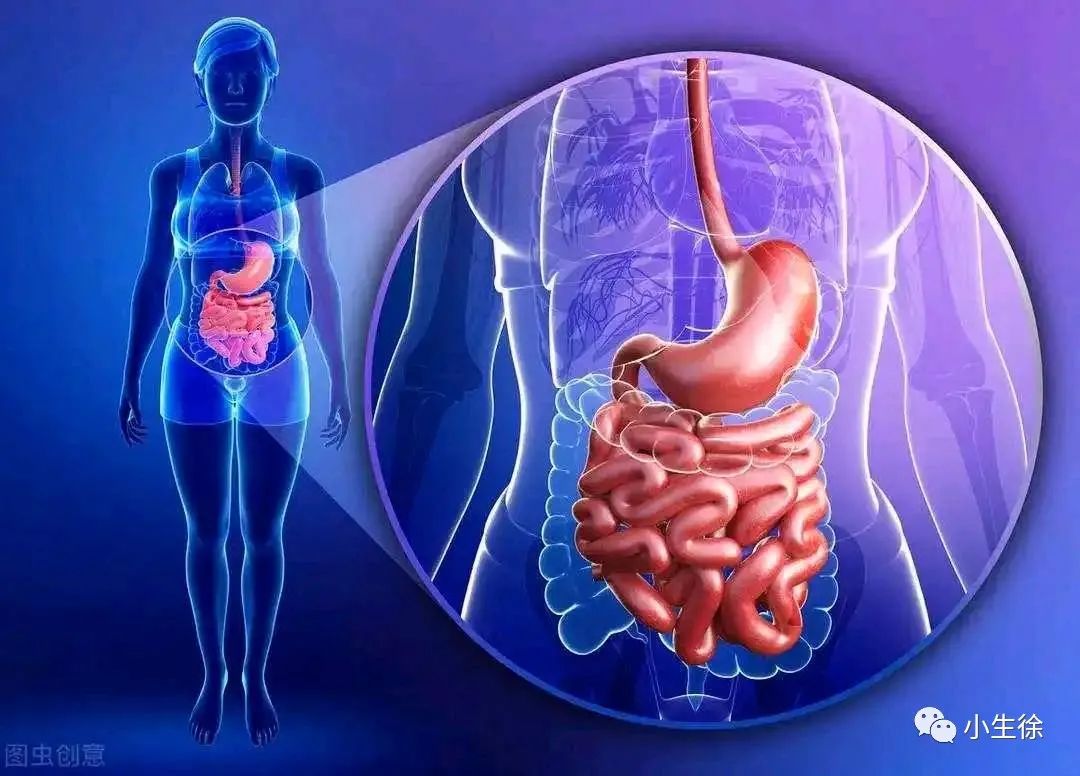
The stomach has a wide cavity that can accommodate a large amount of food and drink, hence it is referred to as the “sea of food and drink.” Since the transformation of qi and blood in the body originates from food and drink, the stomach is also called the “sea of qi and blood from food and drink.”
The stomach is responsible for receiving and rotting food.
Receiving means accepting and accommodating; rotting refers to the initial processing and digestion of food. The stomach’s function of receiving and rotting food indicates its ability to accept food and perform preliminary digestion. This function relies primarily on the action of stomach qi. Food enters through the mouth, travels down the esophagus, and into the stomach, where stomach qi kneads and rots the food, transforming it into a chyme state. After preliminary digestion, the refined substances are absorbed and distributed by the spleen to nourish the entire body, while undigested chyme is passed to the small intestine for further digestion. The spleen and stomach work together to continuously transform food essence to nourish the body’s organs and tissues.
The stomach governs downward movement.
“To be open is to be smooth; to descend is to go down.” The stomach’s function of governing downward movement means that stomach qi should maintain a smooth and descending motion. Food enters the stomach through the esophagus, undergoes rotting, and is then sent down to the small intestine for further digestion and absorption. The small intestine separates the clear from the turbid, with the turbid portion moving down to the large intestine to form feces for excretion. Thus, the stomach governs downward movement, and if the stomach is not harmonious, one cannot rest peacefully.
Small Intestine
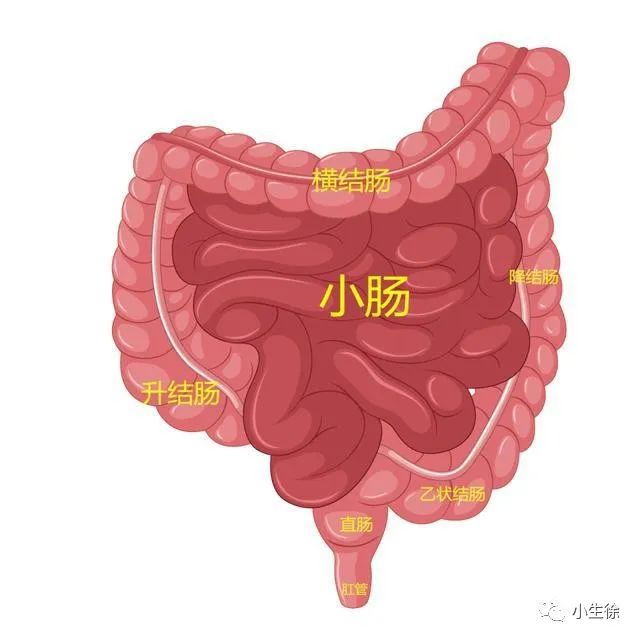
The small intestine is responsible for receiving and transforming substances.
Receiving means to hold or accommodate; transforming refers to the processes of change, digestion, and transformation. The small intestine’s function of receiving and transforming is evident in two aspects:
a. It refers to the small intestine receiving the food that has been initially digested by the stomach (chyme);
b. The food that has been initially digested by the stomach must remain in the small intestine for a period to facilitate further digestion and absorption, which is the function of the small intestine in transformation. “The small intestine is the official of receiving and transforming substances.”
The small intestine governs the separation of clear from turbid.
The separation of clear from turbid is the primary physiological function of the small intestine, indicating that while the small intestine further digests the food that has been initially processed by the stomach, it also separates the clear from the turbid. The clear refers to the fluids and refined substances, which the small intestine absorbs and distributes throughout the body via the spleen to nourish various organs. The turbid mainly refers to the food residues and useless fluids, which the small intestine sends to the large intestine to form feces for excretion. Additionally, the small intestine sends useless fluids to the bladder to form urine, which is then excreted through the urethra. “The small intestine is located below the stomach, receiving the water and grains from the stomach and separating the clear from the turbid. The fluids are absorbed and the residues are sent down, with the spleen’s qi rising and the small intestine’s qi descending, thus it is said that transformation occurs.” To achieve the separation of clear from turbid, the cooperation of the spleen’s transformation function and the stomach’s downward movement is necessary. Without the spleen’s transformation function, the absorption of refined substances and fluids cannot occur, and the small intestine’s separation function cannot be realized. Similarly, without the stomach’s downward movement, the residues and useless fluids cannot be sent down to the large intestine and bladder, preventing the small intestine’s function of separating the turbid from being completed.
Large Intestine
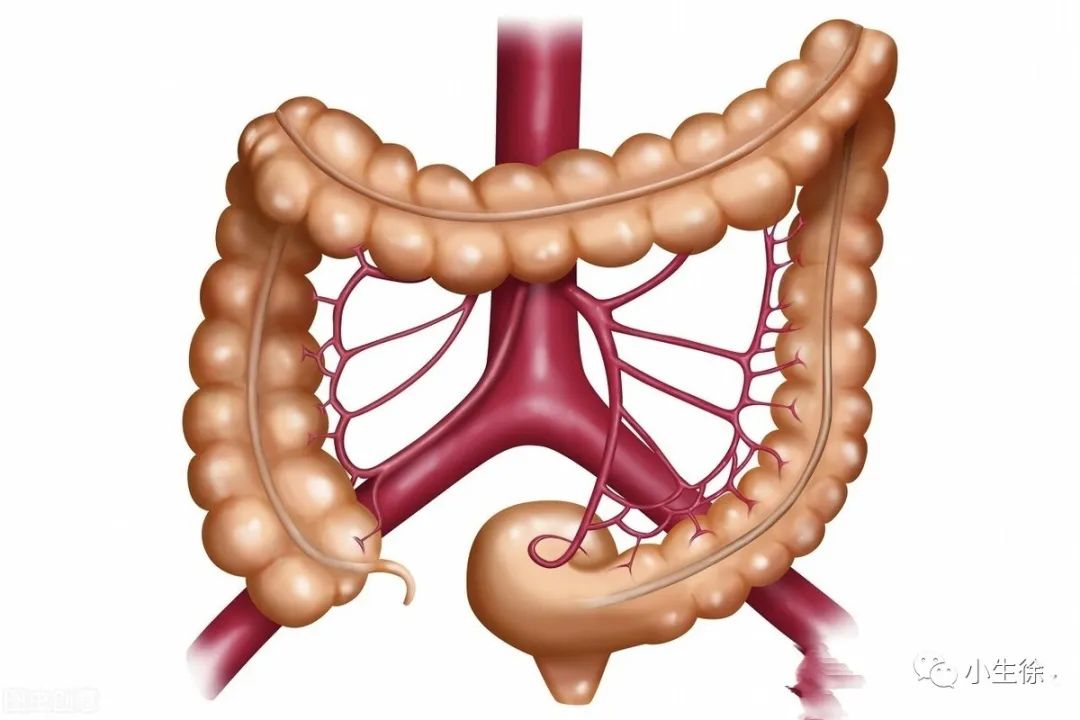
The primary physiological function of the large intestine is to conduct waste. Conducting means to transmit; guiding means to lead downwards. The residues from food are sent down from the small intestine to the large intestine, where the large intestine absorbs the remaining fluids to form feces. The feces are then guided downwards through the movement of the large intestine’s qi to the anus, where they are finally excreted. “The large intestine is the official of conduction, from which transformation occurs.” The large intestine serves as a channel for conducting waste and also plays a role in absorbing fluids to transform the waste into a solid form, thus it is also referred to as “the large intestine governs fluids.”
Bladder
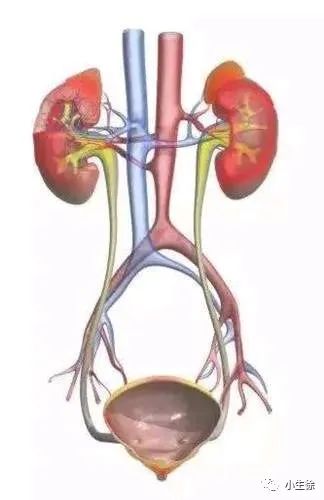
The bladder stores urine.
The fluids ingested by the body are transformed into fluids by the actions of the lungs, spleen, and kidneys, which are then distributed throughout the body to nourish it. After the metabolism of these fluids, the remaining fluids descend to the kidneys, where they are transformed into urine, which is stored in the bladder.
The bladder excretes urine.
When the urine stored in the bladder reaches a certain volume, the bladder opens through the action of the kidneys, allowing urine to be excreted from the bladder. The bladder’s function of storing and excreting urine primarily relies on the qi transformation of the kidneys, where storage is associated with the consolidating function of kidney qi, referred to as “he”; while excretion is associated with the draining function of kidney qi, referred to as “kai.” The opening and closing of kidney qi control the storage and excretion of urine.
San Jiao (Triple Burner)
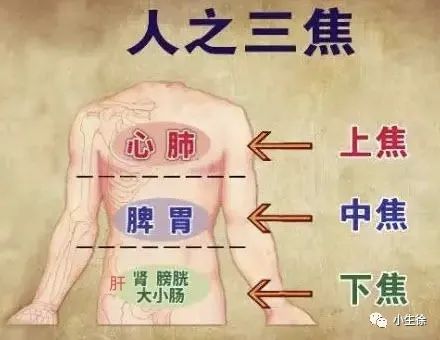
San Jiao refers to the three parts: upper jiao, middle jiao, and lower jiao, and is the largest of the six fu organs.The upper jiao is above the diaphragm, including the chest, head, heart, and lungs; the middle jiao is from the diaphragm to the navel, including the spleen and stomach; the lower jiao is below the navel, including the liver, kidneys, bladder, large intestine, and small intestine.
It governs the circulation of yuan qi.
Yuan qi is the fundamental qi of the body, originating from the kidneys and transformed from congenital essence, relying on the nourishment of acquired essence. It can be said to be the driving force of life activities. San Jiao serves as the channel for the circulation of yuan qi, allowing it to reach the organs, meridians, and tissues, invigorating and promoting the functional activities of various organs. Thus, San Jiao is the channel for the movement of yuan qi, “San Jiao is the messenger of original qi.” Additionally, San Jiao is the primary site for qi transformation, which is a fundamental characteristic of life. Therefore, the qi transformation of the entire body is closely related to the function of San Jiao in circulating yuan qi. When San Jiao is unobstructed, the movement of qi is smooth in all directions, thus facilitating various functions such as guiding upward and downward, harmonizing internal and external, and nourishing the left and right.
It regulates the pathways of fluids.
“San Jiao is the official of drainage, from which the pathways of fluids emerge.” Here, “drainage” means to clear pathways; “pathways” refers to channels. This indicates that San Jiao is the organ that manages body fluids, with the function of regulating the pathways of fluids and facilitating their movement. The metabolism of body fluids involves multiple organs, including the lungs, spleen, stomach, intestines, kidneys, and bladder, working together to complete a complex physiological process. The metabolism of body fluids must pass through the San Jiao channel to ensure normal movement. If the pathways of San Jiao are obstructed, it will inevitably affect the distribution and excretion functions of the lungs, spleen, kidneys, and other organs regarding body fluids. Therefore, the coordination and balance of fluid metabolism are referred to as “San Jiao qi transformation.” The function of San Jiao in regulating the pathways of fluids is a comprehensive summary of the roles of the spleen, lungs, kidneys, and other organs in fluid metabolism.
It facilitates the movement of food and fluids.
San Jiao has the function of facilitating the movement of food and fluids, as well as assisting in the distribution of refined substances and the conduction of waste for excretion. “The upper jiao develops and spreads the flavors of the five grains, nourishing the skin and muscles;” this refers to the upper jiao’s role in distributing refined substances throughout the body. “It excretes waste and steams fluids, transforming the essence, which ascends to the lung meridians;” this refers to the middle jiao’s role in digestion, absorption, and transportation. “It forms waste and directs it down to the large intestine, following the lower jiao to the bladder;” this refers to the lower jiao’s role in conducting waste and assisting in the excretion of urine and feces. The function of San Jiao in facilitating the movement of food and fluids is a comprehensive summary of the digestive, absorptive, and excretory functions of the spleen, stomach, liver, kidneys, heart, lungs, and large and small intestines.
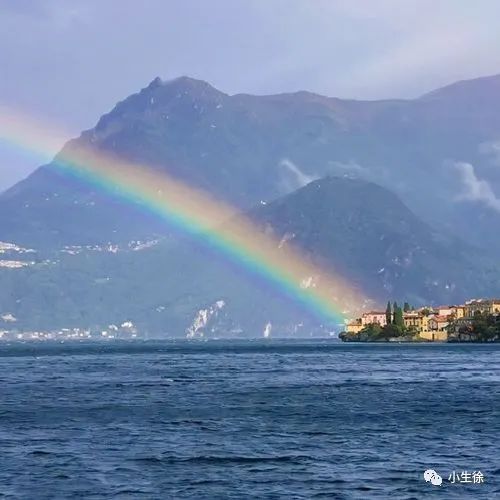 Physiological functions of the gallbladder: storage and excretion of bile, and decision-making.
Physiological functions of the gallbladder: storage and excretion of bile, and decision-making.
Physiological functions of the stomach: receiving food and rotting food; characteristics of the stomach: governing downward movement and preferring moisture while disliking dryness.
Physiological functions of the small intestine: receiving and transforming substances, and separating clear from turbid.
Physiological functions of the large intestine: conducting waste and governing fluids.
Physiological functions of the bladder: storing urine and excreting urine.
Physiological functions of San Jiao: facilitating the movement of fluids and circulating yuan qi.

